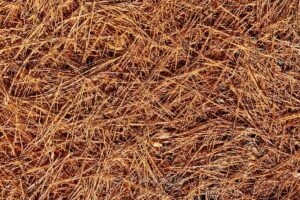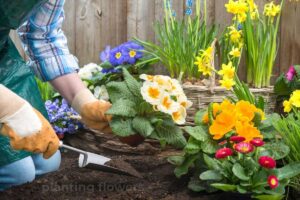This page may contain affiliate links. If you click and buy, we might get a small commission at no cost to you.
Weeds in Virginia are among the plants to avoid if you want to grow healthy plants in your yard. These plants grow quickly and resiliently in places where they shouldn’t.
You can find weeds all over the world and in a variety of settings, including roadsides, forests, side fences, and even your garden! Some weeds are edible, while others are poisonous; this article will highlight some of the weeds found in Virginia.
16 Weeds in Virginia
1. Annual sowthistle
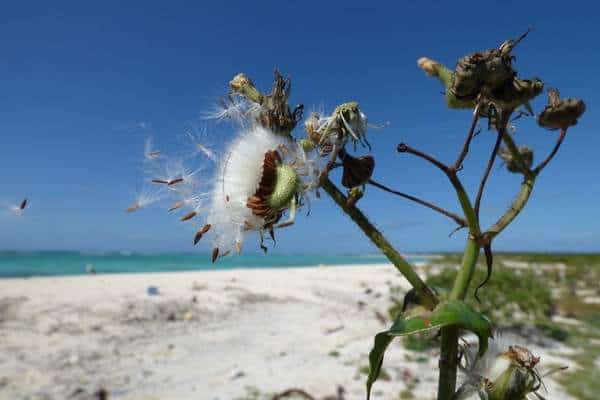
Scientific Name: Sonchus oleraceus
Annual sowthistle is an aster weed that grows in Virginia. The plant is an annual herb with bluish-green leaves 2 to 12 inches long.
The flowers are small and yellow or white in color, growing in clusters at the end of the flower stems. You can find the plant growing in cultivated agricultural sites in Virginia, such as vegetable crops and gardens.
2. Wild garlic
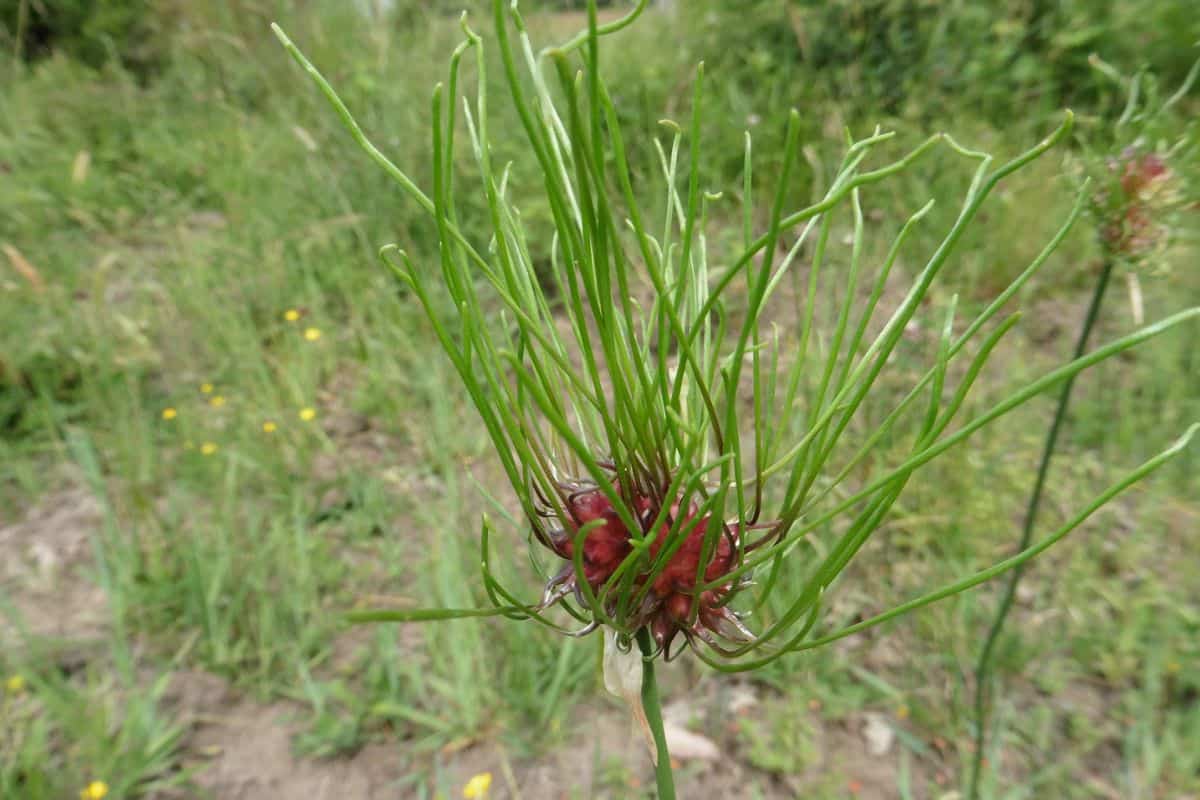
Scientific Name: Allium vineale
Wild garlic has white flowers, green leaves, and an edible bulb. It’s classified as a weed in Virginia and appears in the early spring. Wild garlic has a strong odor and can produce red, purple, or pink flowers.
They prefer to grow in areas like flowerbeds and pastures. If you find these weeds in your garden, you can either pull them out by their roots or control them with herbicides.
3. Common speedwell
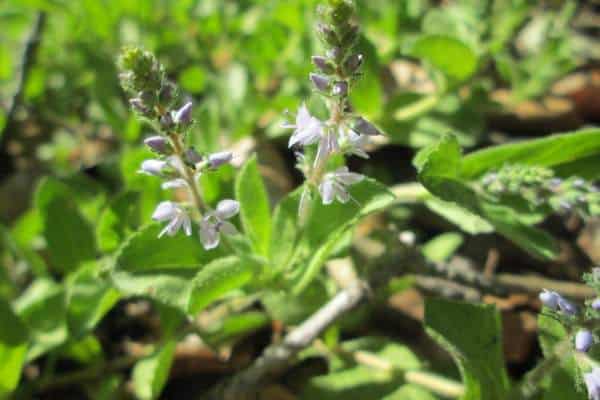
Scientific Name: Veronica officinalis
Common speedwell is a perennial herb that grows in Virginia as a weed. These plants prefer sandy or clay-dense soils, as well as cooler temperatures.
They can be found in lawns, ornamental areas, and even waste areas. The leaves of speedwell are hairy and have a sharp pointed tip. The flowers, which are typically light blue to white, bloom in clusters at the ends of the stems.
4. Hairy bittercress
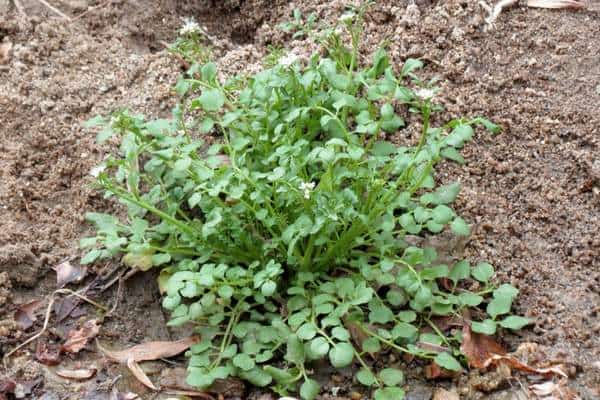
Scientific Name: Cardamine hirsuta
Hairy bittercress is most common in late winter and early spring. These plants will be gone during the summer, but they’ll leave seeds for the following season.
Hairy bittercress is an annual plant that grows to a height of 12 inches. Its hairy leaves grow on long stalks and are arranged alternately. This weed’s stems are also hairy, with flowers that grow in clusters and are small and white in color.
5. Common dandelion
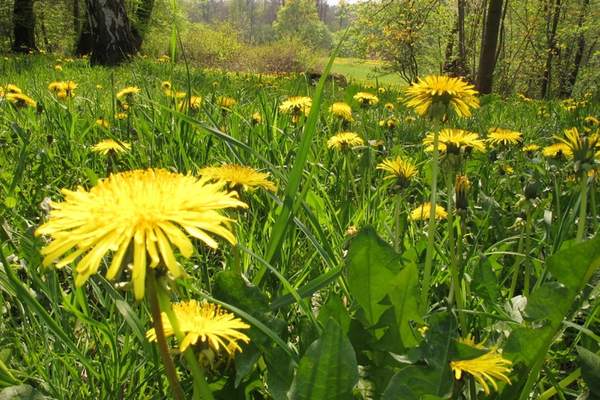
Scientific Name: Taraxacum officinale
The yellow flowers of the common dandelion bloom from spring to summer until fall. It can grow almost anywhere, but it prefers open spaces with plenty of sunlight.
The leaves are typically pointed, with jagged edges and hairs. The flowers are bright yellow and have numerous petals at the top of the stem. Its seeds are small and dark brown, attached to the plant’s stalk, and fall off after being pollinated by bees or other insects.
6. White clover
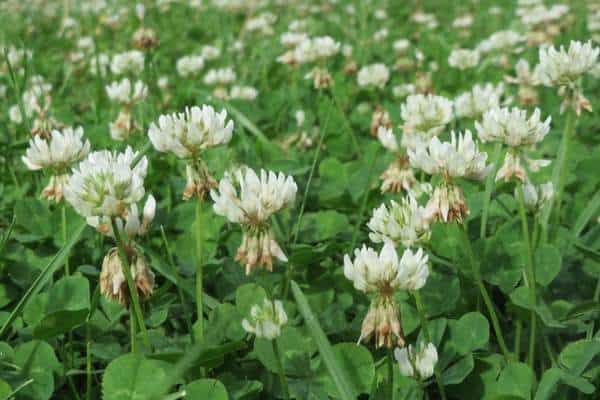
Scientific Name: Trifolium repens
White clover is a creeping perennial low-growing plant that grows in Virginia. It’s often found in lawns and fields, preferably grassland habitats.
White clover is an invasive species that grows quickly and can quickly spread through your yard if not removed on a regular basis. This clover has white or light pink flowers and trifoliolate leaves, which inspired the shamrock symbol.
7. Ground ivy
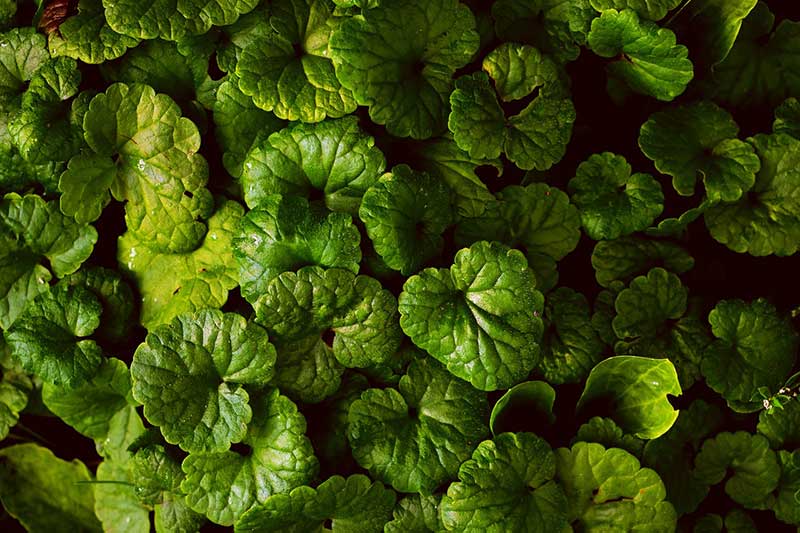
Scientific Name: Glechoma hederacea
Ground ivy is a weed that can appear in Virginia at any time of year, though it typically blooms from March to June. It has dark green leaves that are either round or kidney-shaped. Ground ivy grows best in moist or heavy soils. It’s best to eliminate ground ivy by repeatedly pulling it from the roots until all ivy has been removed.
8. Crabgrass

Scientific Name: Digitaria sanguinalis
Crabgrass is a weed that grows in Virginia. It’s most common in lawns, but it can grow in other parts of your yard as well. Crabgrass is distinguished by its light-green color and pointed leaves.
The plant grows quickly after emerging from the soil in late spring or early summer. Crabgrass’s small seeds are frequently carried to new areas by wind or water, making crabgrass difficult to control.
9. Annual bluegrass
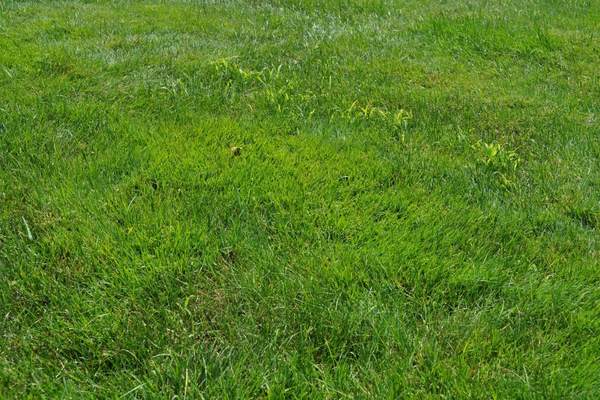
Scientific Name: Poa annua
Annual bluegrass is a weed that grows in all habitats but thrives the most in cold climates. They’re distinguished by their light green leaves and flattened panicles that contain the seeds. These weeds grow almost everywhere, including roadside ditches, golf courses, gardens, and even sidewalks.
Since these plants prefer moist soil, you should avoid overwatering your garden to keep them from growing. You can also use herbicides or fertilizer on a regular basis.
10. Oriental bittersweet
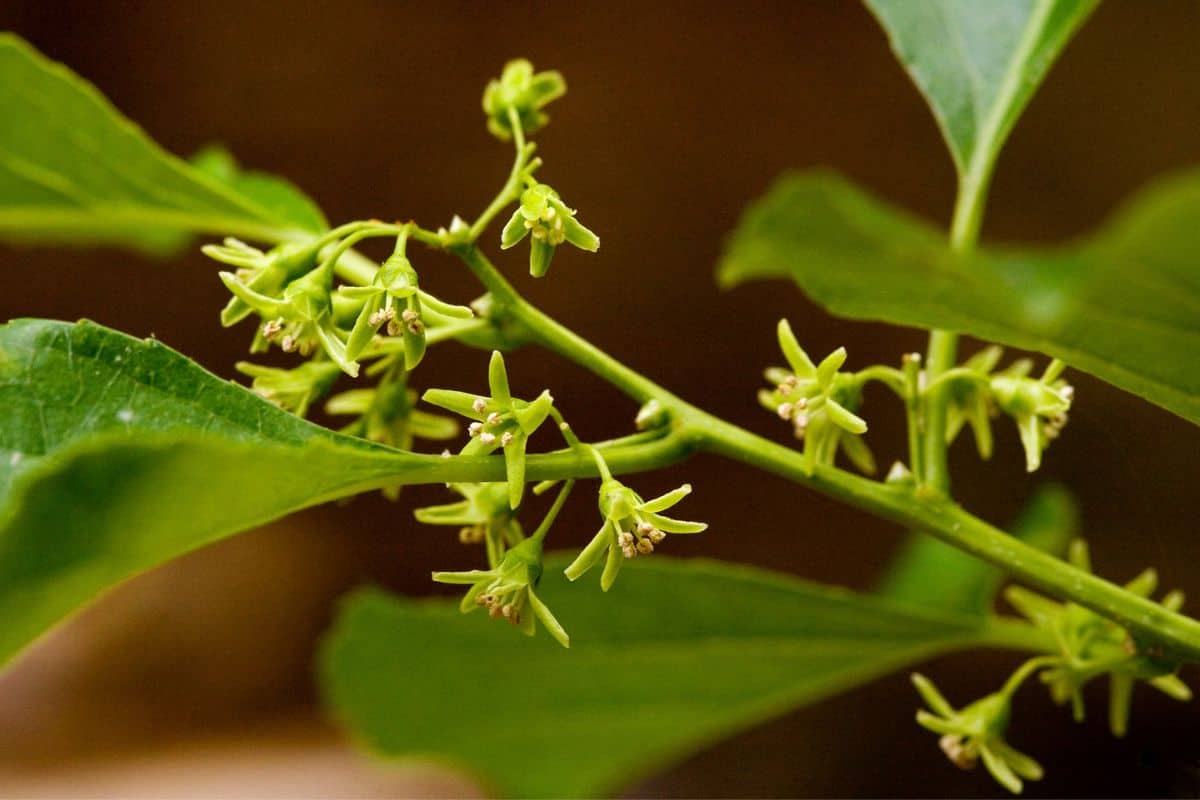
Scientific Name: Celastrus orbiculatus
Oriental bittersweet is a woody vine with small green flowers that can grow up to 30 meters in length. This vine is typically found along forest edges and in wooded habitats, where it coils up in trees and shrubs.
The blooming period begins in May and lasts until late June. It prefers full sun, but will grow in partial shade as well.
11. Common plantain

Scientific Name: Plantago major
Common plantain is a weed that grows in Virginia. It grows from spring to fall and can be found along trails, lawns, and vacant lots.
The seeds are encased in a green capsule that turns brown as it matures. They’ll release tiny black seeds from the inside as it breaks. This plant has slender spikes on which its flowers are held.
12. Yellow oxalis
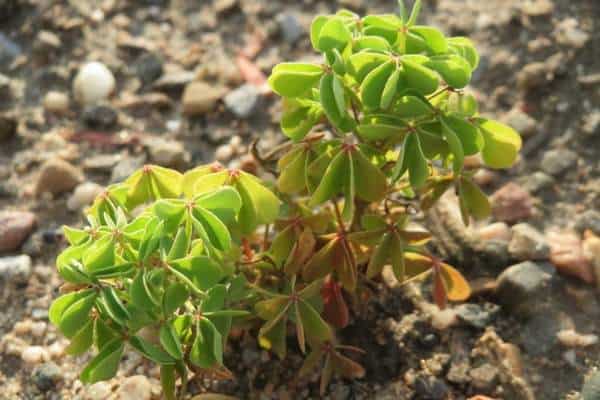
Scientific Name: Oxalis stricta
Yellow oxalis is a plant native to North America and Eurasia, and is considered a weed in Virginia. It’s a perennial plant with yellow flowers that bloom from May to September.
The dark green leaves of the plant are made up of three heart-shaped leaflets. It’s an aggressive weed that grows in gardens and any soil, even nutrient-deficient soils.
13. Henbit
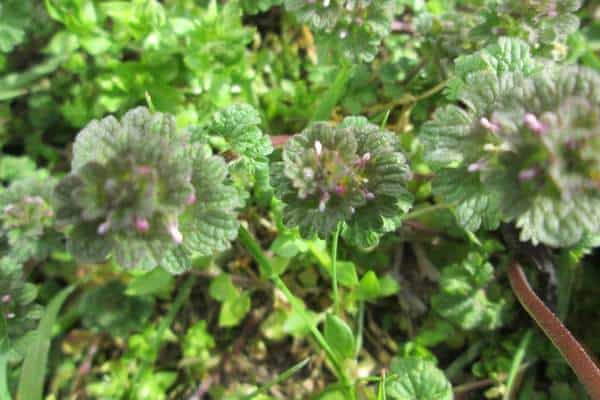
Scientific Name: Lamium amplexicaule
Henbit is typically seen growing in the fall, but it can also be seen in the spring. It grows best in dry soils with flowering plants, such as home gardens.
Its leaves can be round, heart-shaped, or oval with serrated edges. Its hairy stems can grow to be 10 to 25 cm tall. The flowers are pink to purple, and the seeds are brown to light brown.
14. Purple deadnettle
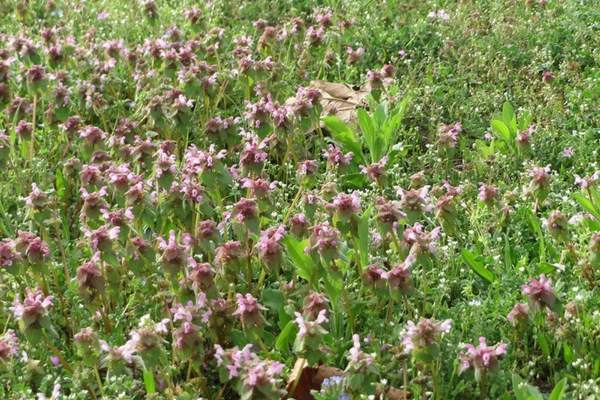
Scientific Name: Lamium purpureum
Purple deadnettle is a weed in the mint family that blooms from fall to summer, with flowers appearing around April. They thrive in moist, shady environments such as wooded edges, gardens, and nursery plots.
This weed is distinguished by its purple leaves and flowers. To get rid of this weed, use a postemergence herbicide when you see it growing in your garden.
15. Common chickweed
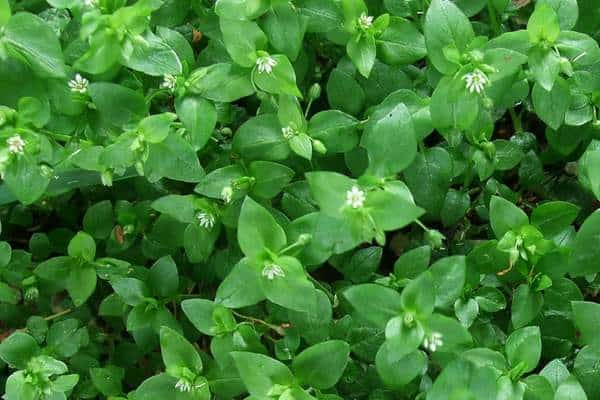
Scientific Name: Stellaria media
Common chickweed is an annual plant that prefers soil with a pH of 4.8 to 7.3, so you may see a lot of it growing in your garden if your soil has this. Early spring is the best time to see common chickweed.
Common chickweed has white flowers that grow on its stems. Their flowers have five petals, but they appear to have ten because each petal is divided into two lobes.
16. Common blue violet
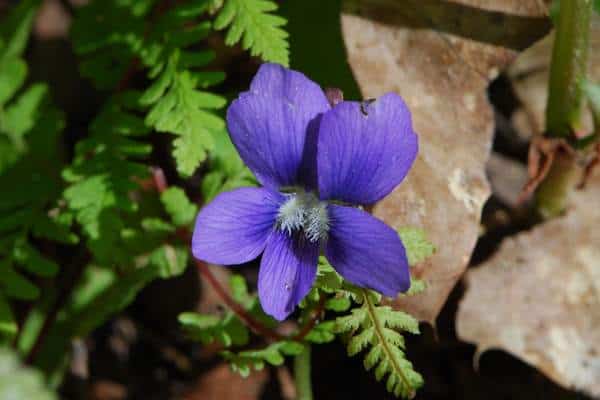
Scientific Name: Viola sororia
The common blue violet is a perennial weed that blooms in the spring, typically between April and June. It has heart-shaped leaves and flowers that can be white, yellow, blue, or purple. It’s common to find mature plants in habitats with moist soils, where they can reach heights of up to 4 inches.

